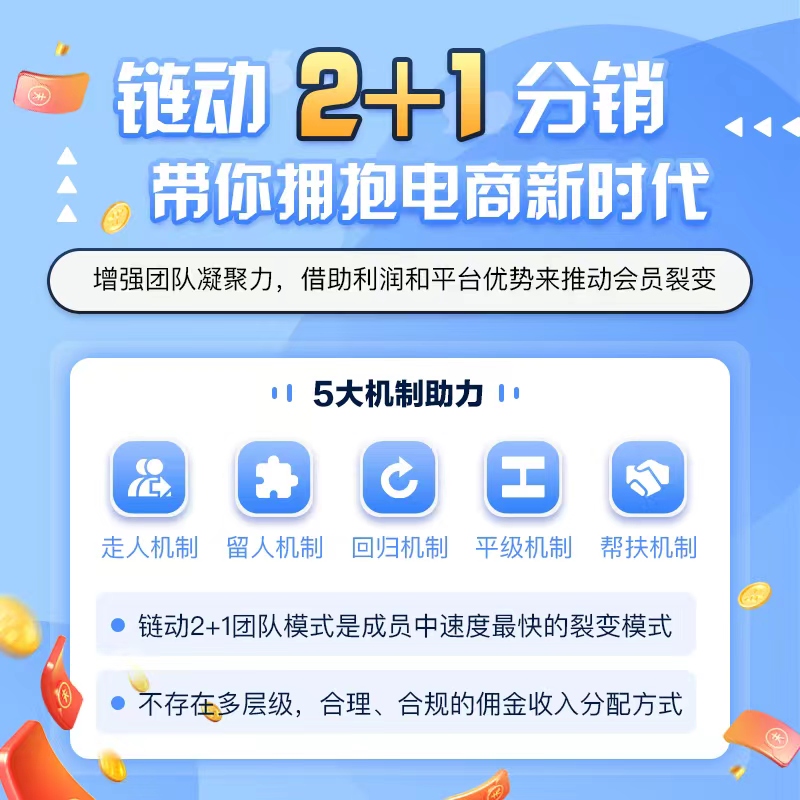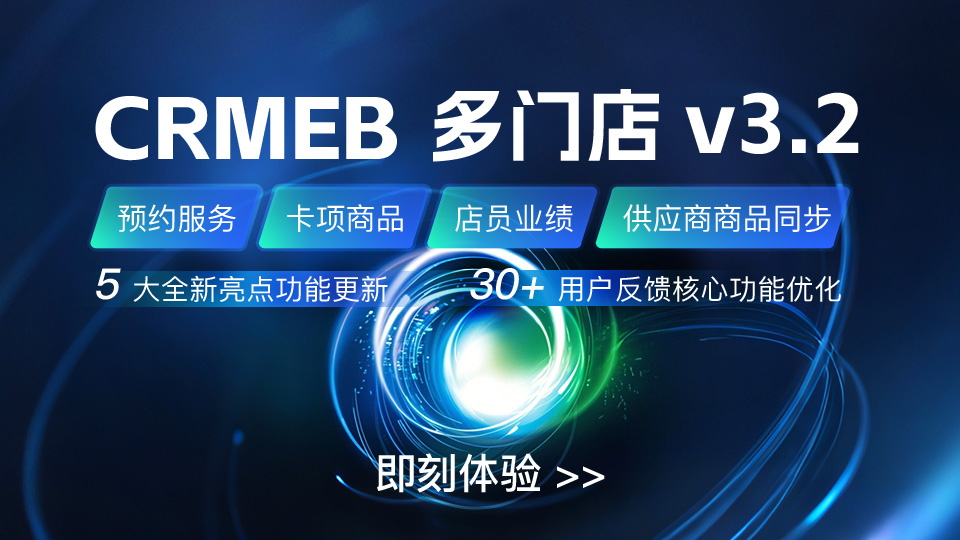UniApp是一款基于Vue.js开发的跨平台开发框架,它可以帮助开发者快速构建手机应用、小程序以及H5页面。使用UniApp,我们可以轻松地设计和开发列表页和详情页。本文将向大家介绍如何在UniApp中实现这一需求,并通过代码示例来详细阐述。
一、设计列表页
在设计列表页时,我们首先需要确定列表所展示的数据以及展示方式。下面是一个简单的示例,展示了一个商品列表:
<template>
<view>
<navigator v-for="product in productList" :url="'/pages/detail?id=' + product.id">
<image :src="product.imgUrl" class="product-img" mode="aspectFit"></image>
<text>{{ product.name }}</text>
<view class="product-info">
<text>价格:{{ product.price }}</text>
<text>库存:{{ product.stock }}</text>
</view>
</navigator>
</view>
</template>
<script>
export default {
data() {
return {
productList: [
{
id: 1,
imgUrl: 'http://example.com/product1.jpg',
name: '商品1',
price: 100,
stock: 10
},
{
id: 2,
imgUrl: 'http://example.com/product2.jpg',
name: '商品2',
price: 200,
stock: 20
}
]
}
}
}
</script>
<style scoped>
.product-img {
width: 200rpx;
height: 200rpx;
}
.product-info {
display: flex;
justify-content: space-between;
}
</style>在上述代码中,我们使用<navigator>组件来实现每个商品的点击跳转到详情页;使用<image>和<text>组件来展示商品的图片、名称、价格和库存等信息。通过v-for指令遍历productList数组来展示多个商品。
二、设计详情页
详情页一般展示单个商品的详细信息。在设计详情页时,我们可以根据实际需求展示更多商品信息,例如商品的描述、规格、评价等。下面是一个简单的示例,展示了商品的详情信息:
<template>
<view>
<image :src="product.imgUrl" class="product-img" mode="aspectFit"></image>
<text>{{ product.name }}</text>
<view class="product-info">
<text>价格:{{ product.price }}</text>
<text>库存:{{ product.stock }}</text>
</view>
<text>{{ product.description }}</text>
</view>
</template>
<script>
export default {
data() {
return {
product: {
id: 1,
imgUrl: 'http://example.com/product1.jpg',
name: '商品1',
price: 100,
stock: 10,
description: '这是商品1的描述信息。'
}
}
}
}
</script>
<style scoped>
.product-img {
width: 300rpx;
height: 300rpx;
}
.product-info {
display: flex;
justify-content: space-between;
}
</style>在上述代码中,我们使用<image>和<text>组件展示商品的图片、名称、价格、库存和描述等信息。
三、开发列表页与详情页
在UniApp中开发列表页与详情页时,我们可以使用Vue.js的组件化开发方式。可以将列表页和详情页分别封装为一个组件,在需要的地方引用。下面是一个示例,展示了如何开发列表页和详情页组件:
<!-- 列表页组件 -->
<template>
<view>
<navigator v-for="product in productList" :url="'/pages/detail?id=' + product.id">
<image :src="product.imgUrl" class="product-img" mode="aspectFit"></image>
<text>{{ product.name }}</text>
<view class="product-info">
<text>价格:{{ product.price }}</text>
<text>库存:{{ product.stock }}</text>
</view>
</navigator>
</view>
</template>
<script>
export default {
props: {
productList: {
type: Array,
default: () => []
}
}
}
</script>
<style scoped>
.product-img {
width: 200rpx;
height: 200rpx;
}
.product-info {
display: flex;
justify-content: space-between;
}
</style><!-- 详情页组件 -->
<template>
<view>
<image :src="product.imgUrl" class="product-img" mode="aspectFit"></image>
<text>{{ product.name }}</text>
<view class="product-info">
<text>价格:{{ product.price }}</text>
<text>库存:{{ product.stock }}</text>
</view>
<text>{{ product.description }}</text>
</view>
</template>
<script>
export default {
props: {
product: {
type: Object,
default: () => ({})
}
}
}
</script>
<style scoped>
.product-img {
width: 300rpx;
height: 300rpx;
}
.product-info {
display: flex;
justify-content: space-between;
}
</style>在上述代码中,我们将列表页和详情页分别封装为了List和Detail组件,并通过props来传递数据。列表页组件接受一个名为productList的数组,详情页组件接受一个名为product的对象。
四、总结
通过以上设计与开发指南,我们可以在UniApp中轻松实现列表页与详情页的设计与开发。首先确定列表所展示的数据以及展示方式,然后分别设计列表页和详情页的组件,并通过props来传递数据。最后,我们可以根据实际需求来展示更多商品信息或自定义交互效果。






























